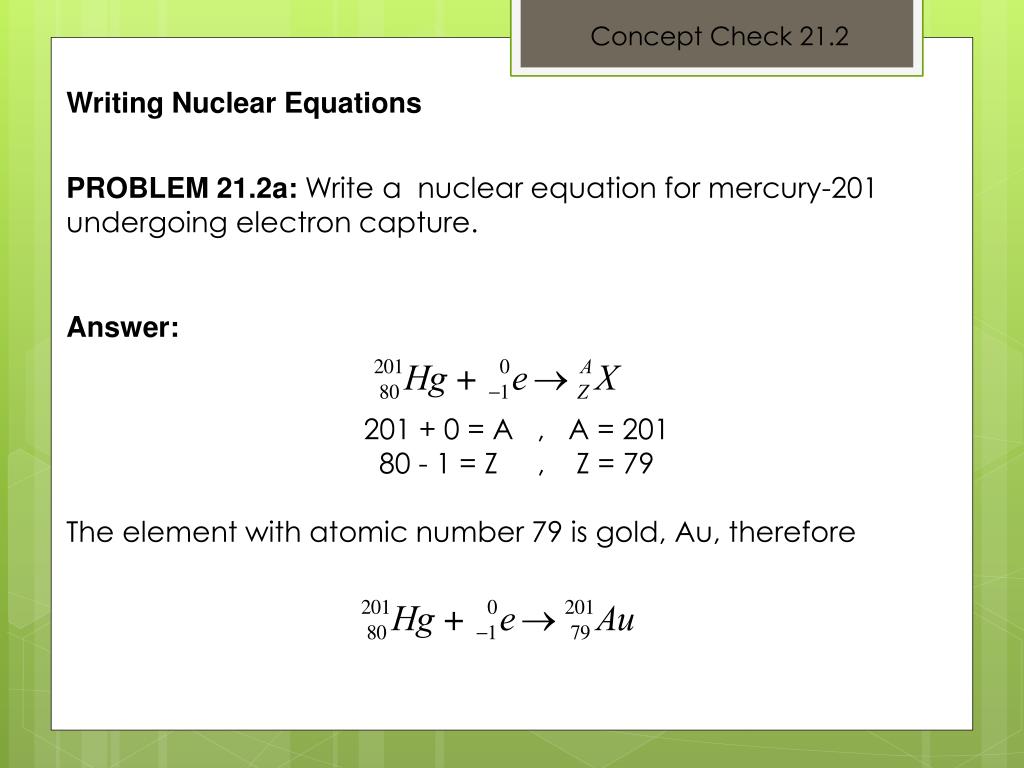

Ultrafast above-threshold dynamics of the radical anion of a prototypical quinone electron-acceptor. Electron–Molecule Interactions and their Applications (Academic Press, 1984). Resonances in electron impact on diatomic molecules. Low-energy electrons transform the nimorazole molecule into a radiosensitiser. Energy transfer in microhydrated uracil, 5-fluorouracil, and 5-bromouracil. Electron-triggered chemistry in HNO 3/H 2O complexes. Solvation effects on dissociative electron attachment to thymine. Theoretical study of resonance formation in microhydrated molecules. Microhydration prevents fragmentation of uracil and thymine by low-energy electrons. Electron-induced hydrogen loss in uracil in a water cluster environment. Electron attachment to molecules in a cluster environment. Low-energy Electrons: Fundamentals and Applications (CRC Press, 2019).įabrikant, I. Resonant formation of DNA strand breaks by low-energy (3 to 20 eV) electrons. Precursors of solvated electrons in radiobiological physics and chemistry. Our findings suggest that polycyclic aromatic hydrocarbons may be more efficient at electron capture than previously predicted with important consequences for the ionization fraction in dense molecular clouds.Īlizadeh, E. These complementary points of view show that the observed onset of enhanced anion formation for a specific cluster size is mediated by a bound excited state of the anion. Here two-dimensional photoelectron spectroscopy of anionic anthracene and nitrogen-substituted derivatives-solvated by up to five water molecules-reveals that for an incoming electron, resonances red-shift with increasing hydration but for the anion, the excitation energies of the resonances remain essentially the same. However, key aspects of electron–molecule interactions, such as the effect of incremental solvation on the initially excited electronic resonances, remain poorly understood. The reaction of low-energy electrons with neutral molecules to form anions plays an important role in chemistry, being involved in, for example, various biological and astrochemical processes.


 0 kommentar(er)
0 kommentar(er)
